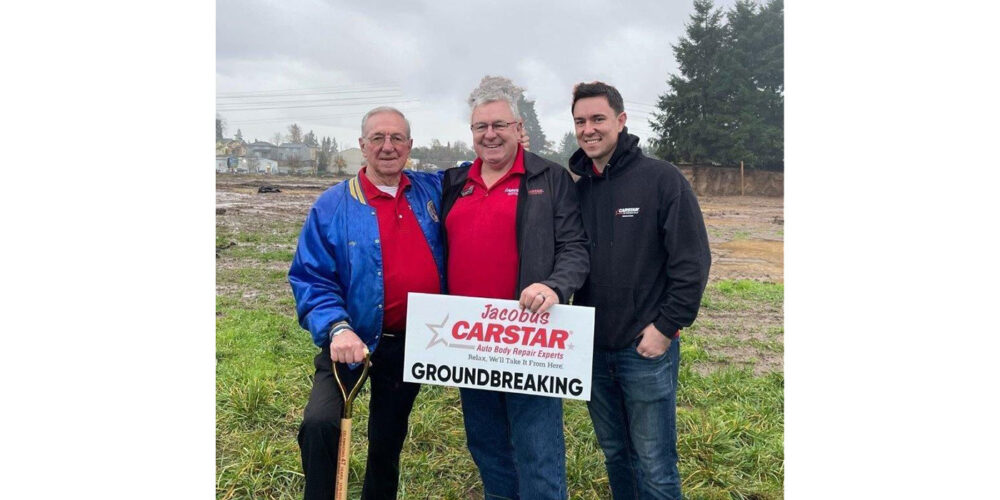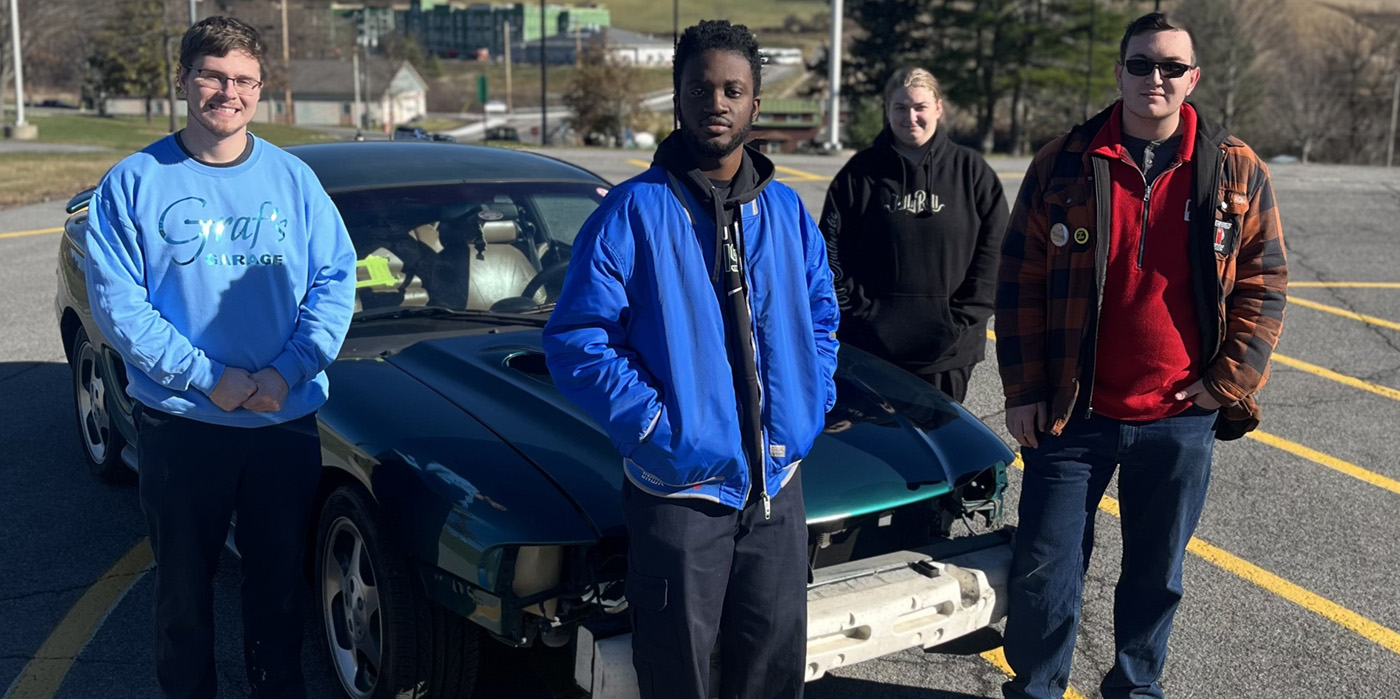
I believe it is critical to our continued success to deliver the best performance on quality, speed and cost to our clients.
Our research suggests that 90 percent of collision repairs are paid for by insurance companies. Consider the top insurance companies that have the lion’s share of the market in your area:
- All probably have developed a repairer network
- All probably have developed a direct-repair claims option
- All probably have improved their ability to communicate the value of their direct-repair claims option
- All probably select and de-select network repairers based on their quality, speed and cost performance
Certification
OEMs, like insurers, have a huge stake in the collision repair business and industry. I’ve read that poor quality, speed and cost performance lead to unhappy customers, and unhappy customers trade their vehicles in within 12 months of repairs being made. And a high percentage change their brand during the process, costing automakers millions in lost customers and lost sales.
This is one reason the top OEMs have introduced repairer certification over the past several years. We see the automakers gaining influence over who repairs their brands and how they’re repaired. Some predict that the automobile manufacturers will become even more of an influence as they continue to increase their efforts on referrals and potentially become more involved in the end-to-end claims and repair process.
We believe the current trend of incoming work sources will be reinforced, and that the greatest source of our business will come from insurers and OEM referrals – which is why we feel so strongly that quality, speed and cost performance are critical to our success, today and in the future.
CSI and NPS
Let’s start by taking a look at our definition of quality, speed and cost, and the key performance indicators (KPIs) we use to drive our continuous improvement of performance.
We used to think of quality relative to our workmanship, but today’s definition of quality goes far beyond workmanship to include the customer experience, documentation and repair planning. We rely on two measures of quality: first, the traditional measure of CSI (customer satisfaction index). Our goal is 95 percent. Second, and more important, the question, “Would you recommend us?” This is an indicator of customer loyalty – more than satisfaction – called NPS (our goal of which is a lofty 90 percent). We believe satisfied customers are passive, and our ultimate goal is to get our customers to become raving fans and keep coming back and referring friends and family to our shops.
Ask any technician to define speed and most will say, “Speed is a measure of our efficiency,” or how many billable hours they produce during their time at work. Of course, efficiency is important – especially to our technicians, who are paid based on what they produce. While efficiency is important, we believe the performance that gives us a real competitive advantage is cycle time, length of rental (LOR) and touch time.
LOR
According to Enterprise Rent-A-Car, the average LOR across the U.S. is 12.5 days. When you consider the average repair includes roughly 25 labor hours, we understand clearly that we’re only touching the vehicle (doing work the customer pays for) at the rate of two hours per day. This means that jobs are sitting idle for 22 hours per day.
We’ve recognized for a long time that bettering touch time is the greatest opportunity for improvement. To that end, we began investing in theory of constraints and lean methodologies several years ago so that everyone in our shops understands what it takes to be a top-preforming shop relative to speed. We have a defined process from start to finish that’s centered on cycle time. Our cycle time goal is an average of four days or less, and today we enjoy good performance compared to industry standards for quality, speed and cost.
Cost Measurement
The KPI measurement of cost is twofold for us. First, it’s our internal margin earned on labor, parts, material and sublet. We believe the greatest opportunity to improve profitability is to eliminate waste and the relative cost of waste, a philosophy that comes from our lean thinking. Secondly, it’s cost performance for our clients. We want to be sensitive to what their KPIs are and how our decisions affect those KPIs. Repair versus replace percentage is one example of what we measure, believing that working together on repair decisions helps both parties.
Tracking KPIs
For many, determining what KPIs to track and how to track them is pretty easy as today’s management systems include all the necessary ones. Insurance companies track them, and Enterprise tracks LOR as a proxy for cycle time. All the information is at our fingertips. So what do we do with this information? We practice continuous improvement using the KPIs as our guide to what we need to improve and how we can execute and sustain improvement.
We meet with our leadership team on a weekly basis, and a significant part of our meeting is reviewing our current state of performance, establishing our goals and exploring improvement opportunities. Lastly, our director of operations brings our lessons learned to each of our locations. All information is shared at the store level, whether it be at the morning release meetings, postings near the time clocks or in our employee newsletter.













